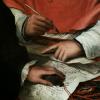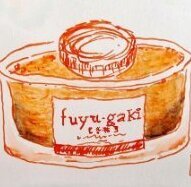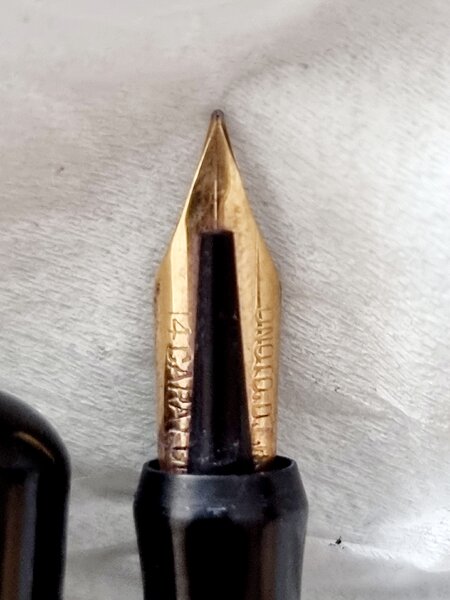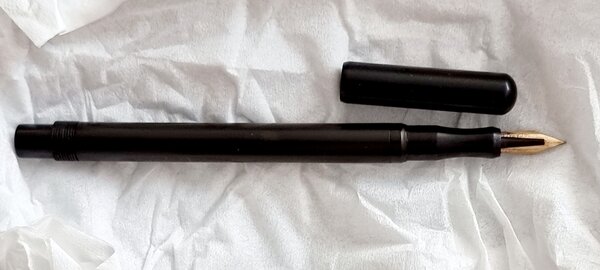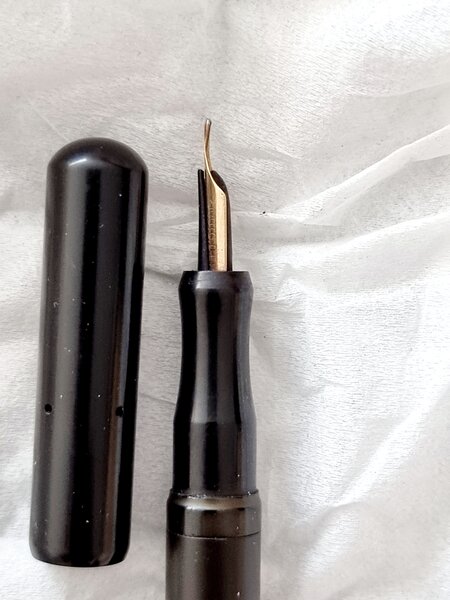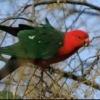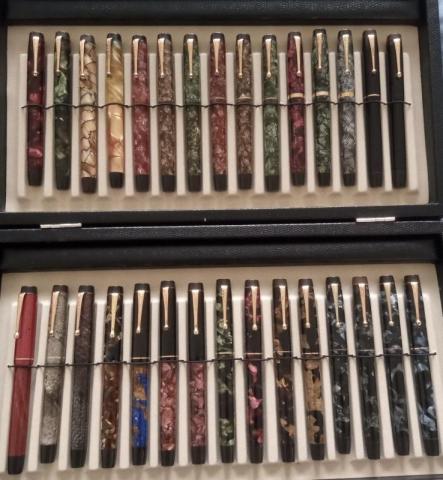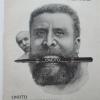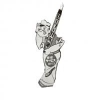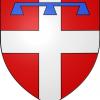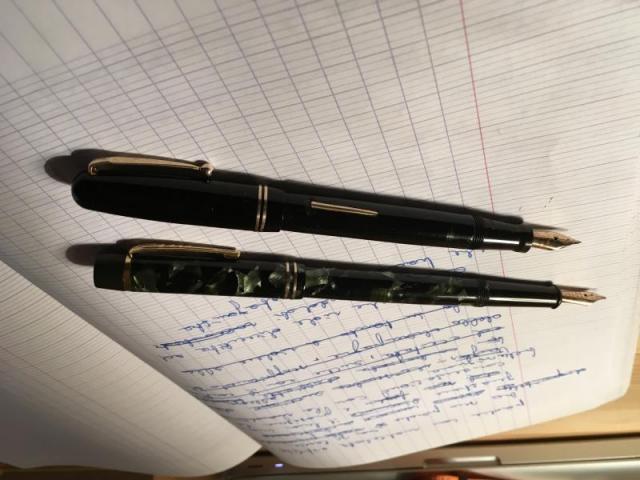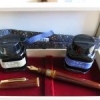Search the Community
Showing results for tags 'onoto'.
-
Where to repair or adjust a plunger filler from a vintage ONOTO Magna 1876 from 1940s in the EU?
Chris26 posted a topic in Repair Q&A
I would like to know where to repair or adjust a plunger filler from a vintage ONOTO Magna 1876 from the 1940s (all plunger fillers are the same, just vary its diameter, I just wanted to specify that is a post-war Onoto Magna 1876). Thank you in advance for your answers. -
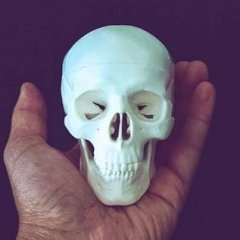
Advice on vintage Onoto nib sizes and interchangeability?
velox brunneis vulpes posted a topic in Fountain & Dip Pens - First Stop
Dear fellow FPNers, I have recently acquired 2 vintage Onoto plunger fillers, a model 3000 with a No.3/ST nib, and a model 6000 with a No.3 nib. Could someone please let me know if the nibs are interchangeable? And what does the "ST" on the No 3/ST stand for? I look forward to your...- 1 reply
-
- onoto
- onoto de la rue
-
(and 4 more)
Tagged with:
-

Review of the ONOTO Magna Rosso w/ 18K broad nib
donnweinberg posted a topic in Great Britain & Ireland - Europe
This is my review of a new, currently produced Onoto Magna Classic Rosso fountain pen, with a broad 18K nib. First, some photos of what I'm talking about. (1) Onoto gives you a choice of box for your new pen, either a "high gloss lacquered presentation box" or a "leather pen roll wit... -
I I thought to open a thread on ONOTO PENS. Just show your Onoto pens and perhaps some writing samples to inspire us and what is your thought when you found this classic rare pen. I have several pens and I am going to post my writing experience with these amazing pens ,soon later. The pe...
-
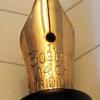
De La Rue / Onoto Identification Help Requested
TheDutchGuy posted a topic in Great Britain & Ireland - Europe
This is the catch from yesterday's pen show in Tilburg, NL. I'm not knowledgeable about vintage pens, so some help would be welcome. Ignoring the Sheaffer PFM for the moment, I found what is supposed to be a ca. 1938 Onoto 5601 in green marble with a 14k #3 Standard nib. Very nice pen, writes extrem... -
As I never seem to have much luck on the repair board, hopefully I can find an Onoto-experienced eye here. Snagged a small group of pens from a "If it's in a Parker box it's a Parker" seller, but instead of a Platignum or whathaveyou in the box, somewhat to my trepidation find myself the owner of...
-

Advice on vintage Onoto nib sizes and interchangeability?
velox brunneis vulpes posted a topic in Great Britain & Ireland - Europe
Dear fellow FPNers, I have recently acquired 2 vintage Onoto plunger fillers, a model 3000 with a No.3/ST nib, and a model 6000 with a No.3 nib. Could someone please let me know if the nibs And what does the "ST" on the No 3/ST stand are interchangeable? for? I look forward... -

Advice on vintage Onoto nib sizes and interchangeability?
velox brunneis vulpes posted a topic in Of Nibs & Tines
Dear fellow FPNers, I have recently acquired 2 vintage Onoto plunger fillers, a model 3000 with a No.3/ST nib, and a model 6000 with a No.3 nib. Could someone please let me know if the nibs And what does the "ST" on the No 3/ST stand are interchangeable? for? I look forward...-
- onoto
- vintage pen
-
(and 2 more)
Tagged with:
-
From the album: OldTravelingShoe's Random Pics of European Fountain Pens
© (c) 2022 by OldTravelingShoe
- 0 B
- x
-
From the album: OldTravelingShoe's Random Pics of European Fountain Pens
© (c) 2022 by OldTravelingShoe
- 0 B
- x
-
From the album: OldTravelingShoe's Random Pics of European Fountain Pens
© (c) 2022 by OldTravelingShoe
- 0 B
- x
-
I have been given an Onoto piston filler which I have managed to coax back into life. mostly blocked with a crust of dried ink. Water soluble fortunately. I was wondering if anyone can help me identify and possibly date it as I would love to know more about it. I have added p...
-
I found here one review of an Onoto K series pen. It is excellent, worth reading as a companion because I do not plan to repeat most of that information. This is more of a comparison and notes on the pens. However, I will recap the series briefly. In 1955, just three years before they gave the pen...
-
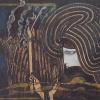
Shackleton's Onotos - with "patent self filling pen" imprints in 1921?
KLscribbler posted a topic in Great Britain & Ireland - Europe
Recently, I came upon some photos of Onotos formerly owned by Ernest Shackleton. It seems they have not been shared on FPN before, so here they are: The first one is from a Christie's auction in 2012 (picture can be magnified by clicking on it) : https://www.christies.com/en/lot/lot-5605380...-
- onoto
- shackleton
-
(and 4 more)
Tagged with:
-

British 1930's & 1940's Button Filler Pens.
Ricky2011 posted a topic in Great Britain & Ireland - Europe
Hi, just thought id share my selection of Stephens (1932) & Parker victory (1935-46) English made (discounting the first 5 years made in canada). when you look at the the period in general a lot of the the other makers were concentrating on lever fillers. would be nice to see what else is made...- 37 replies
-
- parkerstephens
- wyvern
-
(and 4 more)
Tagged with:
-
Hi Guys and Gals. I wonder if any of you can help in providing some information of this pen? The pen was shown to me recently by a retired Gentleman, who is a volunteer engineer at the local aircraft museum, in Newark on Trent. He has had this for a lot of years, residing in...
- 2 replies
-
- onoto
- number three
-
(and 1 more)
Tagged with:
-
I have just bought two onotos, one is a 6234 plunger, and another is a very early BCHR pen. The BCHR is in great condition, except for the cap having a small lip crack (its a slip cap by the way) Im wondering how I can fix this? I am not sending the pen overseas to a repair man as Im confident I can...
-
Dear Onoto Guru's, I have a metal Onoto that needs service, but the plunger is frozen (see photo, that's all that will move). But since it has a metal Shank (plunger knob) I do not know if there is a shank retaining pin. I have repaired a few Onoto's; remove shank pin, replace cork seal, replace p...
-
The top one is an Onoto 6233. Certainly a beauty, very nice and balanced to hold and to write with. I got it from an auction along with a bunch of other interesting pens and it proved a nightmare to repair, certainly due to some extent to my lack of experience, but also to the trickiness of the plun...
-
Hi, I was lucky enough to find a 1930's Onoto Magna which has been restored to working condition. The downside is that the fitted De la Rue No. 7 nib is a fine one with no flex and I don't find it very satisfying to write with. I'd like to know if there are replacement No.7 nibs available or alterna...
-
No 'Topic Poll" button appeared when I started this topic. Perhaps it is excluded in this sub-forum. We shall have to do it by hand. I see irregular mention of Onotos on the forums, from people scattered across continents. It is evident from some of the replies that there are some with significant...
-
Here is a brief overview of the pen, with a link to the full review at the end of this post. Appearance and Design: 9 While this model (the Chuzzelwit being based on the Magna Classic) is under a decade old, appearance wise there is something very classically British about the pens. The core mode...
- 11 replies
-
- onoto
- magna classic
-
(and 3 more)
Tagged with:
-
Hi folks, I'm afraid I rather lost track of all the news concerning Onoto, but thought that you might be interested to know that the website is currently alive and kicking, and I was able to order a Magna just the other day. Does this make it a zombie-zombie-pen-company? Sorry if this has alread...
-
Some context for the adventure here. The question comes in the last paragraph. I bought a long model Onoto 6234 from Spain recently, expecting it would need some service work. The pen looked to be in very fine shape externally, so that was promising. The plunger was extremely difficult to push d...
-
Admitting I have not read Steve Hull's excellent book cover to cover, I am a little mystified by an Onoto pen I have just acquired. It has an 18ct nib. No other vintage Onoto of which I am aware has other than a 14ct nib. The pen itself is one in the Streamline style. I will identify it properly l...
- 5 replies
-
- onoto
- streamline
-
(and 2 more)
Tagged with:














